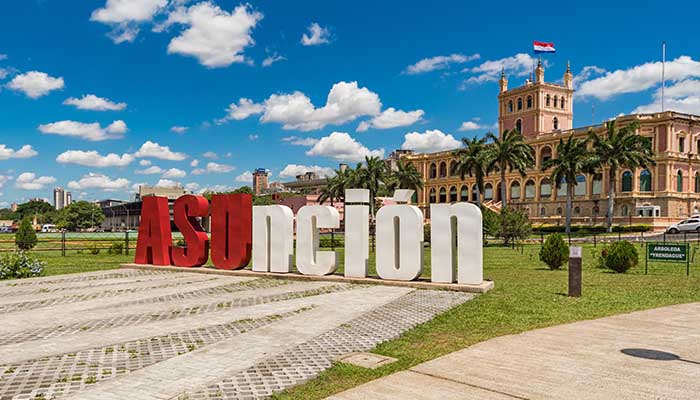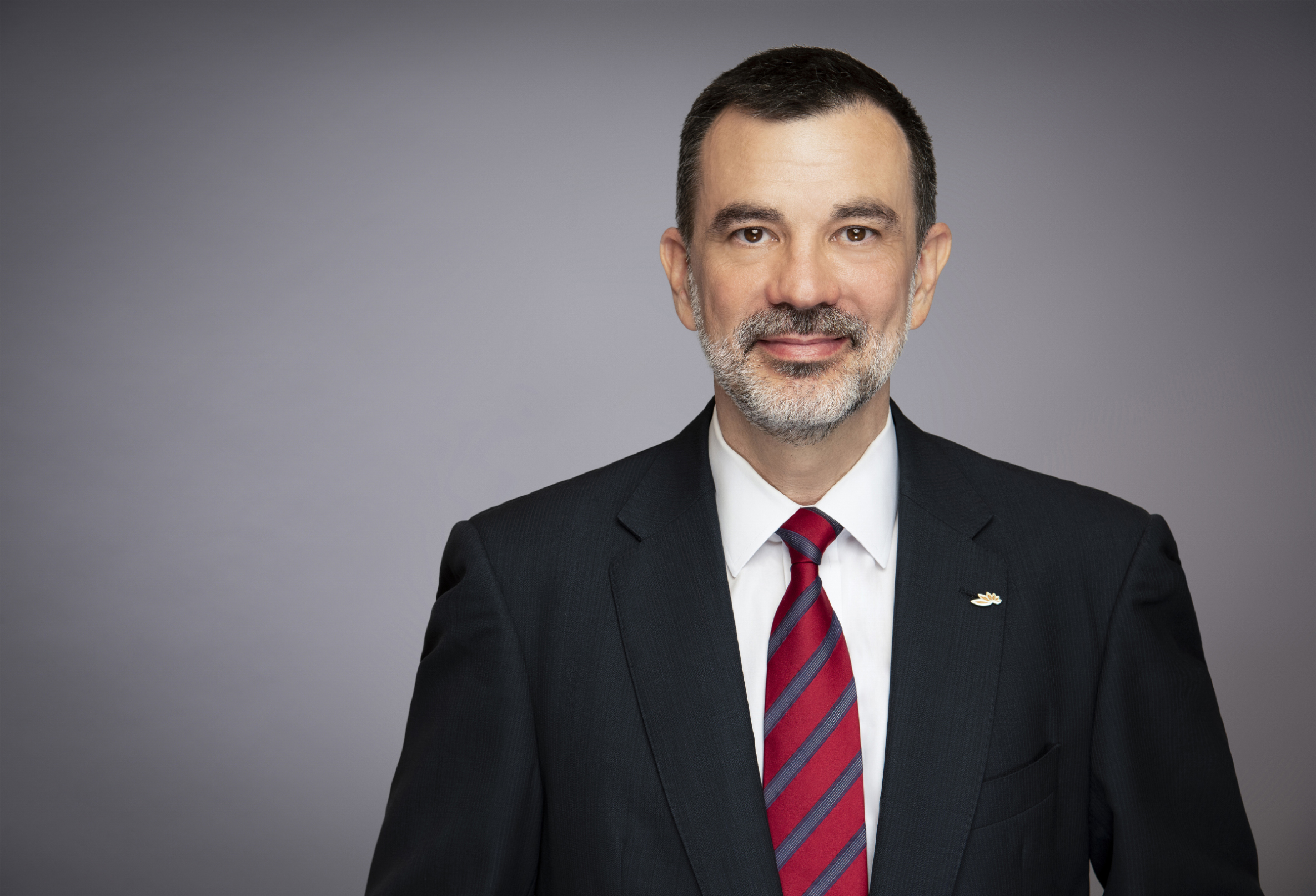Paraguay has achieved a lot in the last decade. A raft of laws to underpin the management of its economy – such as inflation targeting and the fiscal responsibility law – created a stable macro-economic environment just before the commodities bust that sent other economies in the region into a downward fiscal spin.
A landlocked territory in the middle of Latin America might not be the best place to position an export-orientated business but Paraguay – big on territory (it is roughly the same land mass as Germany) and small on people (a population of about 8 million) – realized it needed international finance and international business partners to develop its economy. It introduced a simple and low-cost tax regime (income, corporate and export) to attract companies to set up operations there.
The result has been startling. The country’s economic growth has averaged around 4% during the past decade and foreign direct investment (FDI) in dollar terms has doubled. Meanwhile, financial discipline means that government debt-to-GDP is just 21%.
The rating agencies have responded: Moody’s upgraded Paraguay five notches during the 2010s (and no downgrades) and the agency now has the country sitting just one notch below a much-coveted investment grade. Fitch’s rating is similarly close to its investment grade category and Standard & Poor’s is two back.
But while the country and its capital city, Asunción, have changed noticeably in this time (the number of skyscrapers is increasing rapidly) there are many issues still to face. Income per capita remains low, at around $6,000. Public services are generally low quality and availability is patchy. Many in the country haven’t felt any benefit from the decade-long prosperity – estimates put the proportion of the population that operates in the informal, unregulated and unbanked sector at close to 60%.
And so the government has identified the need for a two-pronged strategy to take the country to the next level of development – and with it to investment grade.
The first issue, as the rating agency analysts always point out, is the need for increased institutional strength. Previous governments have acknowledged this weakness – and made steps in many areas – but the present government seems to be expending the requisite energy to meet the size of the challenge. A raft of legislation has brought the country’s anti-money laundering regulations up to international standards. The government is also pushing ahead with laws to better regulate and provide greater transparency in political party funding. It is also planning to increase the independence of the judiciary. Meanwhile, areas of the financial world that have operated in the fringes – and therefore the shadows – are being brought into the central bank’s supervisory orbit. The central bank itself is modernizing as it expands its regulatory horizon and is working with the IMF to introduce risk-based supervision of the banking and insurance sectors.
The second issue is even more complex: how to improve the efficiency and delivery of the country’s public services. This requires overhauling the country’s civil service and complete reforms of key service areas, such as education and health.
The fiscal boon from the Itaipu hydroelectric dam, coming in 2023 (albeit the exact form and level of revenues is to be determined) should help fund these improvements. This will be crucial because while Paraguay’s politicians are frank about the need for huge improvement, it is also clear that this is not the signal for a decade-long public spending binge. Those fiscal rules will be maintained. That’s why the country’s first public-private partnership (PPP) project – a highway linking Asunción to Brazil – was so important. With such a long checklist of needed infrastructure – including hospitals and schools – financial innovation and partnership with the private sector will be vital if Paraguay is to make the 2020s successful on these new, much harder, goals.
The challenges intertwine: improved institutional strength will likely bring a host of positive externalities, but the direct aim is achieving investment grade. That – it is hoped and expected – will place a seal on the country as a solid destination for international capital, and turbo-charge the country’s efforts to diversify and industrialize the economy.
Paraguay’s recent trade agreements with Brazil and Argentina alone provide a huge opportunity for the creation of thousands of jobs in new export-based manufacturing sectors.
This expansion of the economy will help to build financial inclusion and to pay for the improvements in public services that should further the population’s lot – and thus its desirability as a workforce (the country’s demographic bonus should last for another 40 years, and this would be even more of a natural advantage if the population was well-educated, and healthy).
These are the challenges and the theoretical benefits from successfully addressing them. The tough part will be making a success of these complex, politically sensitive and human-dominated reforms.




